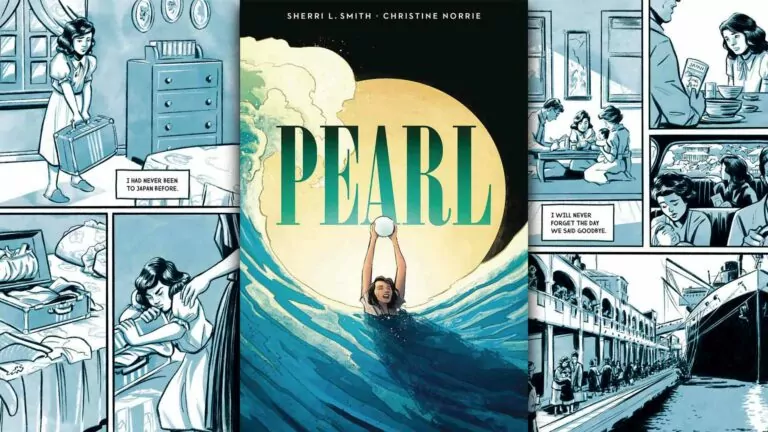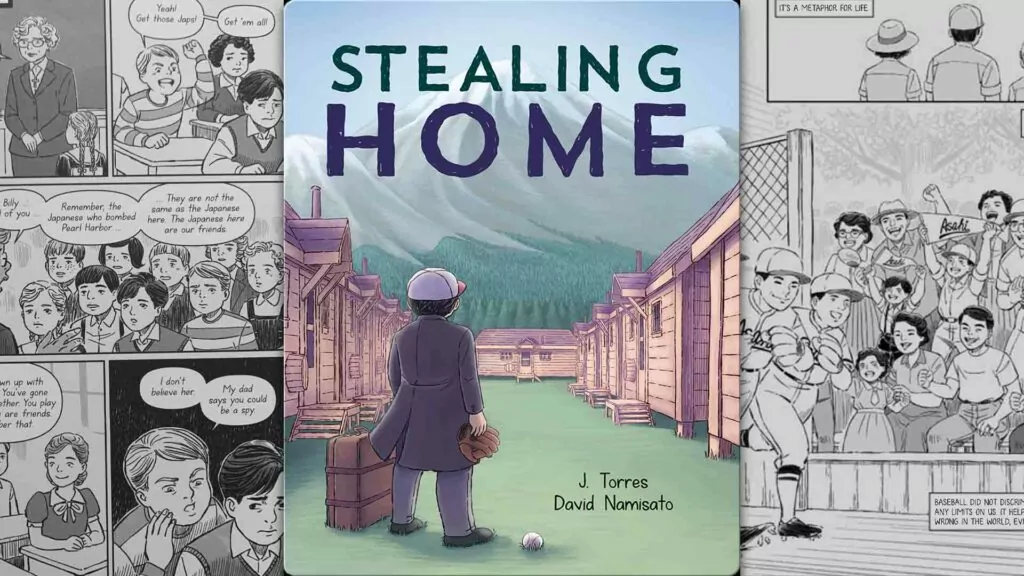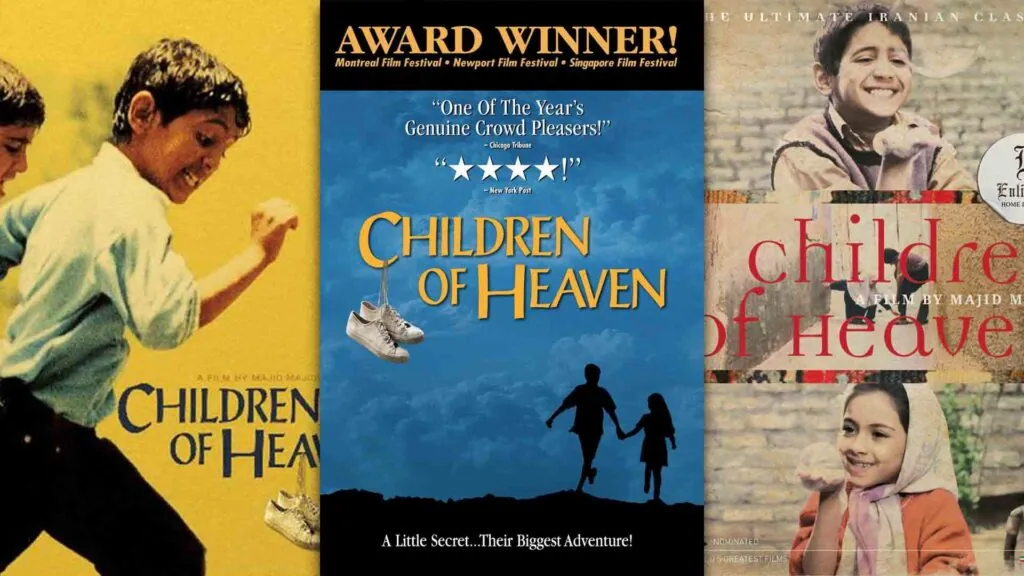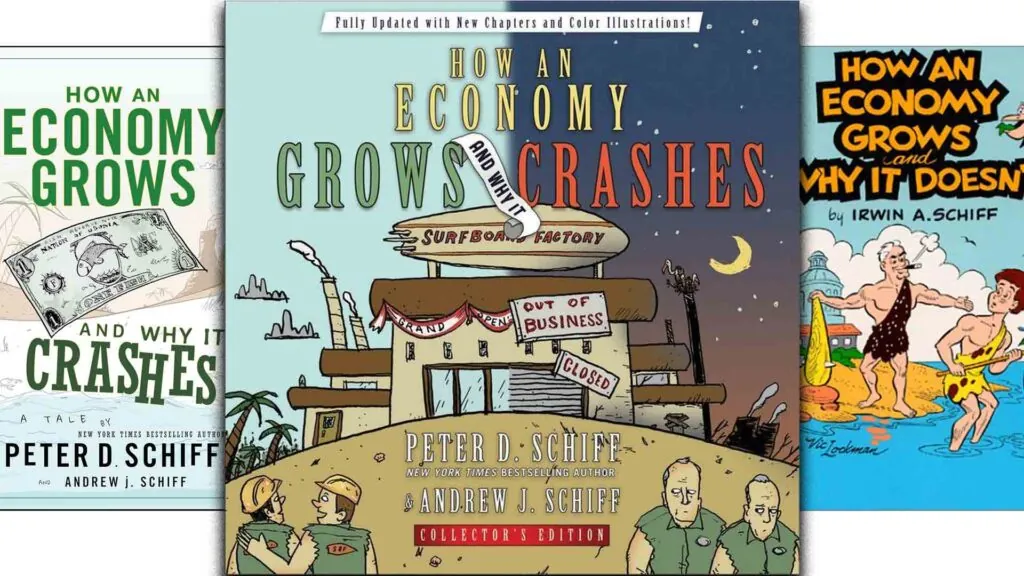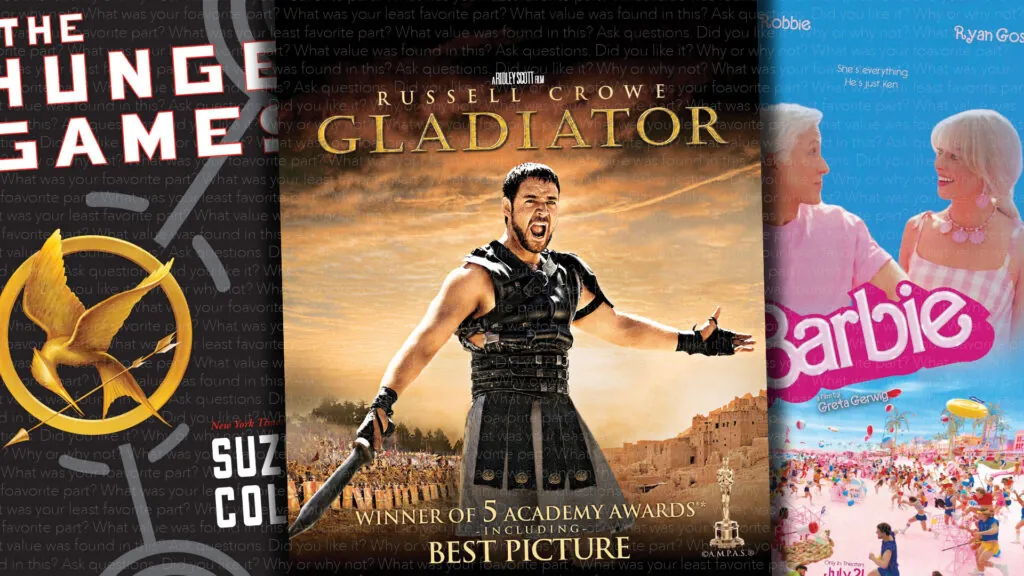by Sherri L. Smith and Christine Norrie
2024 / 144 pages
This is a very different slice of World War II history. Amy is a Japanese-American teenager, living in 1941 Hawaii. The US is not at war with Japan… not yet. So when news comes that her Japanese great-grandmother, her sōsobo, is sick, maybe even dying, the family decides to send 13-year-old Amy to go tend to her. So on to a boat she goes, and off Amy heads, to a farm just outside of Hiroshima, and a country where everything is so very different.
She is supposed to be there for just a few months. But then on December 8, 1941, news comes that the Japanese Navy has launched a surprise attack on Pearl Harbor. Now the American Amy is living in enemy territory, though amongst cousins and uncles, aunts, and her dear sōsobo who are all part of the… enemy? She’s in an entirely unexpected situation, and what’s a mere child to make of all this?
Her relatives tell Amy, “You are Japanese now.” But she is American too. So, Amy wonders, can she be both?
Her English skills are noticed by an officer. He takes her away from her Japanese family and assigns her to a team of women listening to and translating American radio broadcasts. Amy wonders, is she a traitor? Or could her work help end the war, by helping Japan understand America?
Then rumors start coming in, of the US locking up Japanese Americans in prison camps. Amy can’t believe it… but finds out the rumors are true. Her parents have been imprisoned, and her little baby brother has died in the camps. Amy stops worrying about being a traitor. She does the work she is assigned.
This is the story of a girl trapped between nations. Yes, in World War II there was a clear divide between the wicked aggressors and the good Allied forces – we’re not trying to muddy the waters or make equivalences where they don’t exist. But in our broken world, even the “good guys” aren’t good always. That nuance might make this a hard one for some kids to read and contend with. What would they have done in Amy’s shoes? Did she betray her country? Did it betray her?
Cautions
That’d be the big caution: this isn’t for kids who can’t wrestle through the moral grays yet. So this is for older teens.
The other caution would regard some imagery after the atom bomb is dropped on Hiroshima. The horror is most certainly muted, but horror still. It’s not the stuff to give nightmares though – I think any kid old enough to deal with the nuances will be easily old enough to deal with the visuals. But you won’t want this somewhere where the littles can get hold of it.
Conclusion
In a world in which the choice too often is portrayed as being between a Trump Derangement Syndrome, or a Trump Worship Syndrome, understanding that no one is as depraved as they could be, or as good as they should be, is a lesson that many are in need of learning. This book could help.







